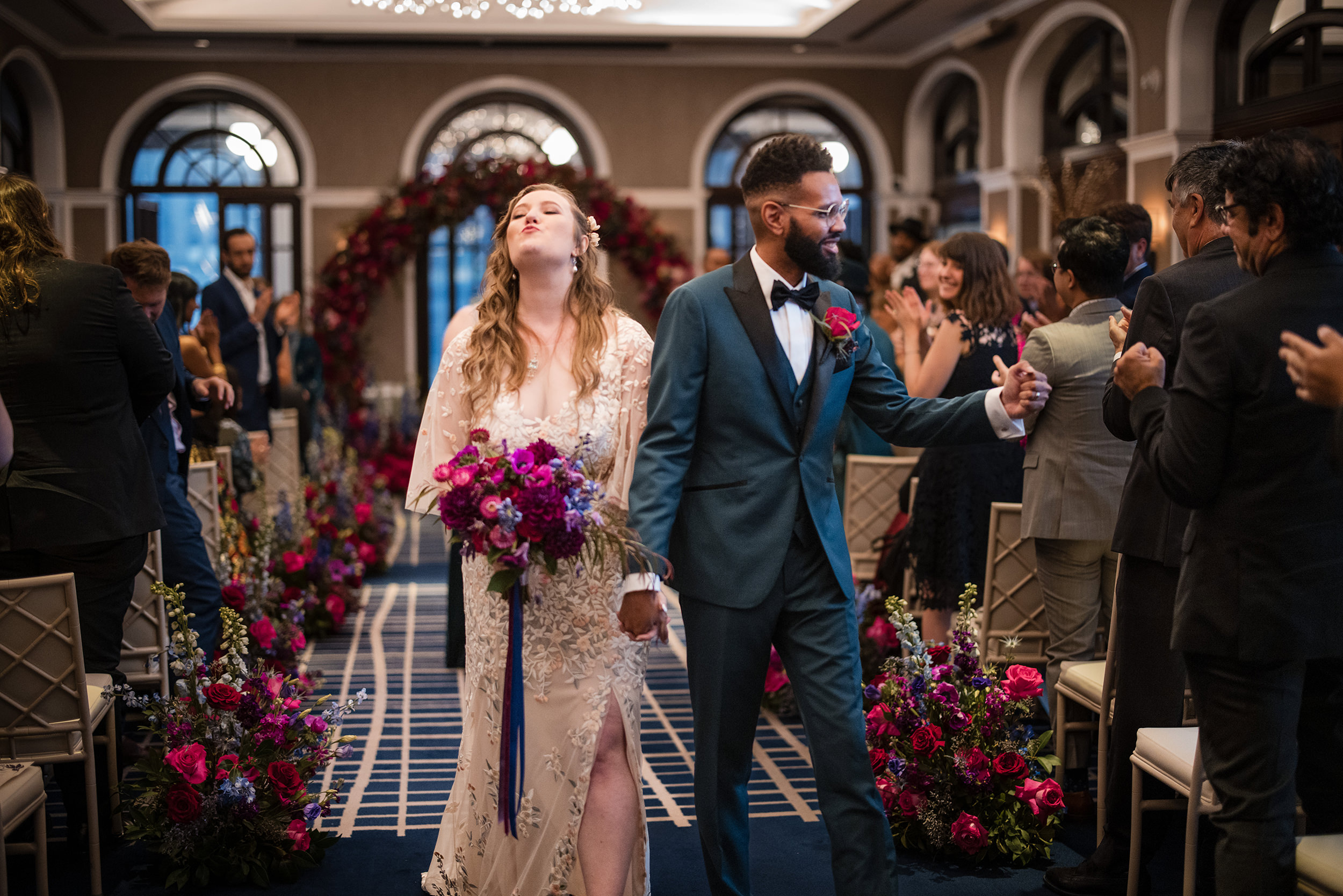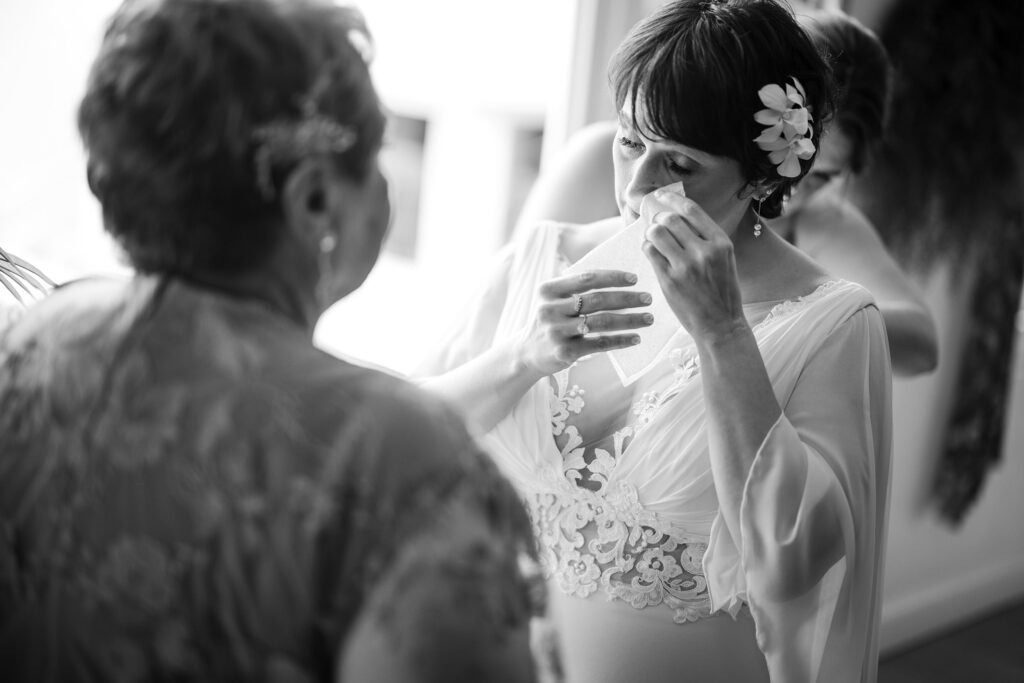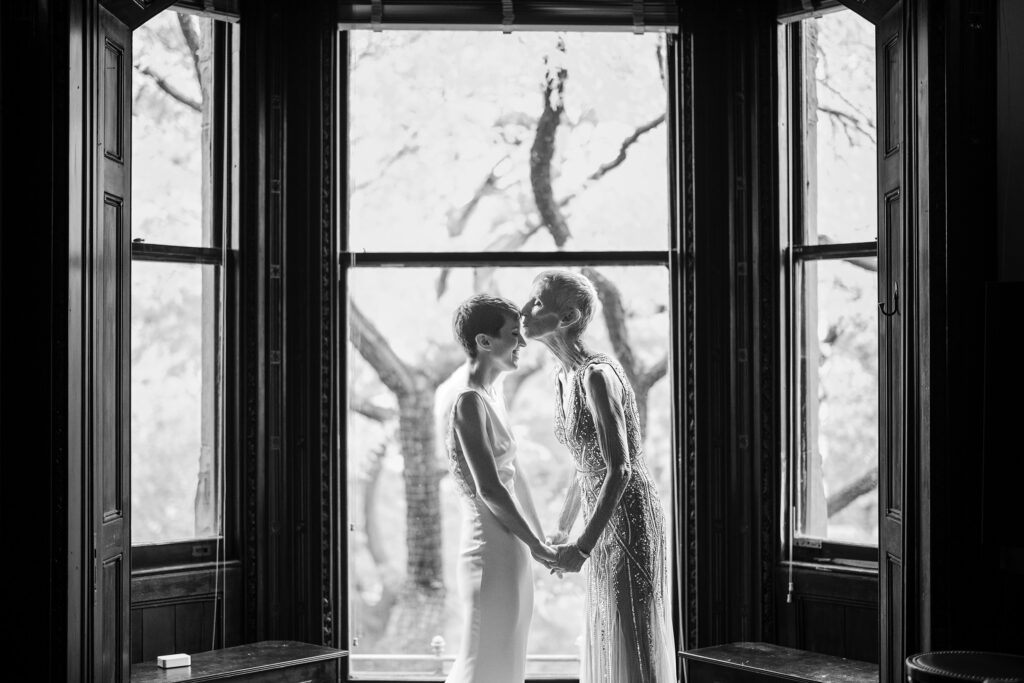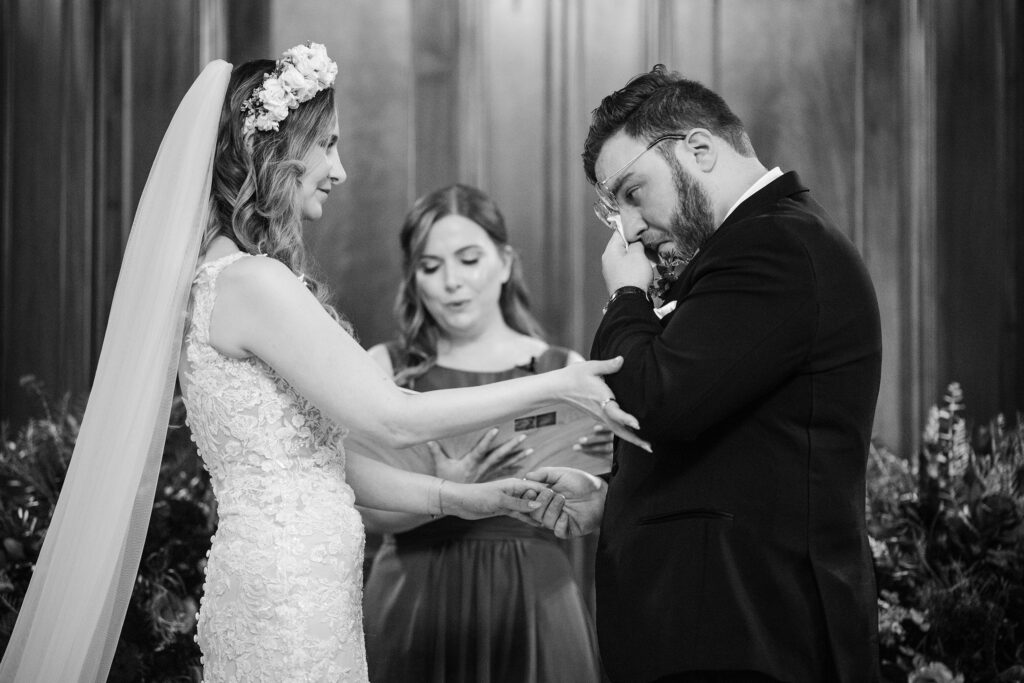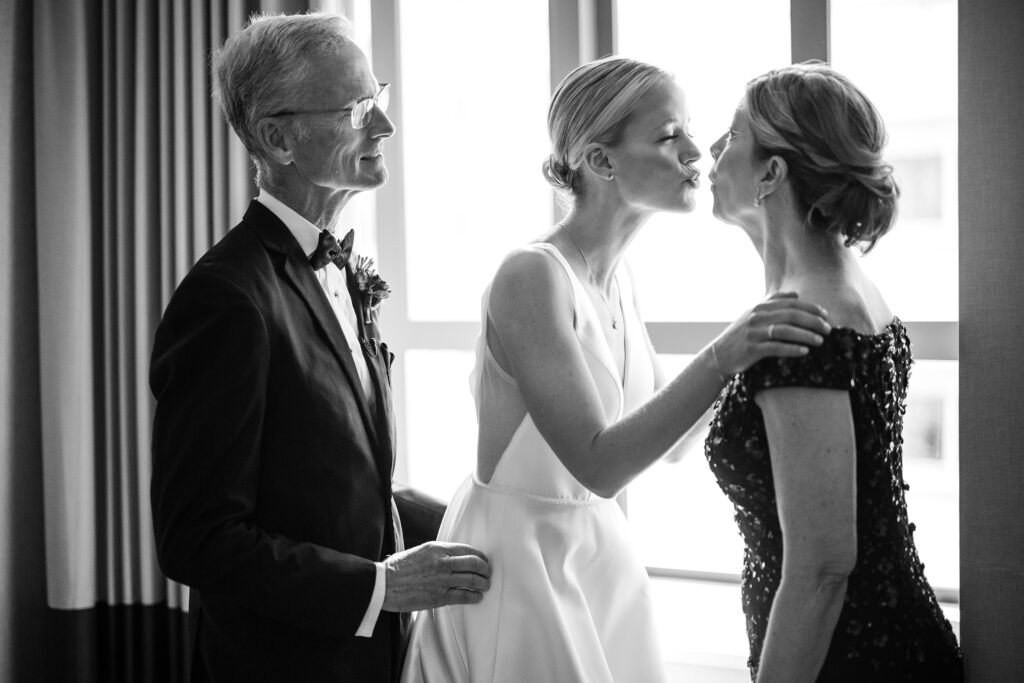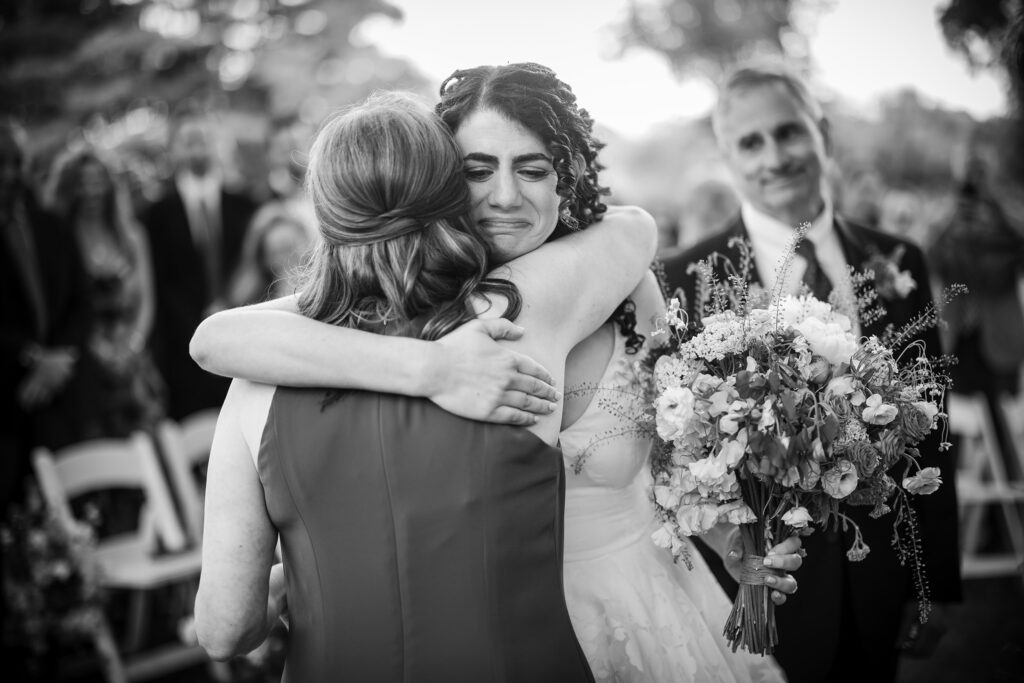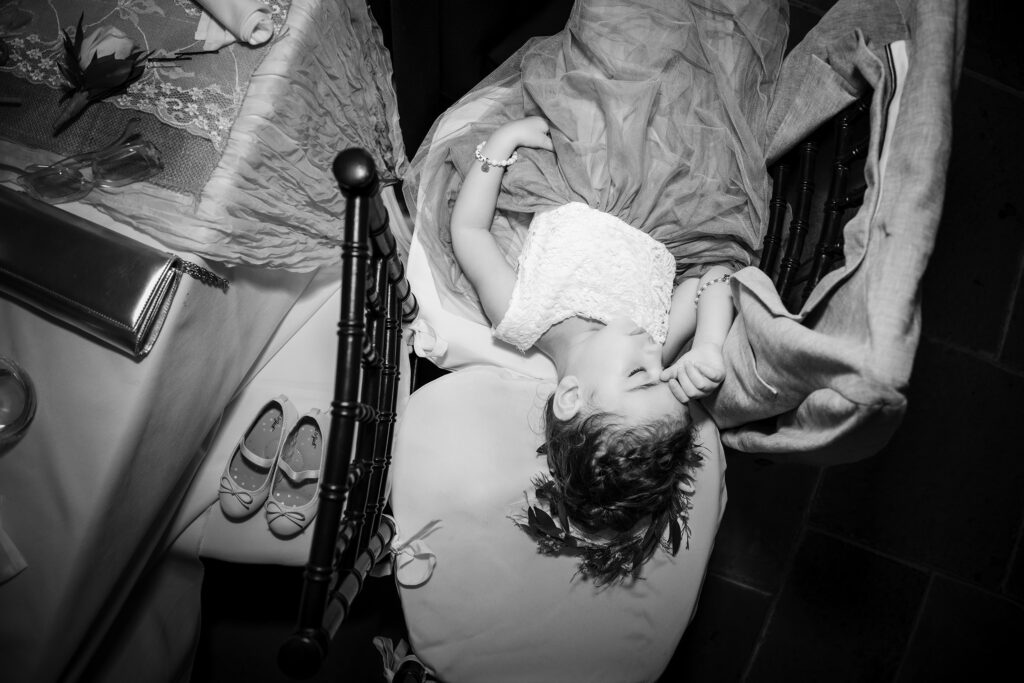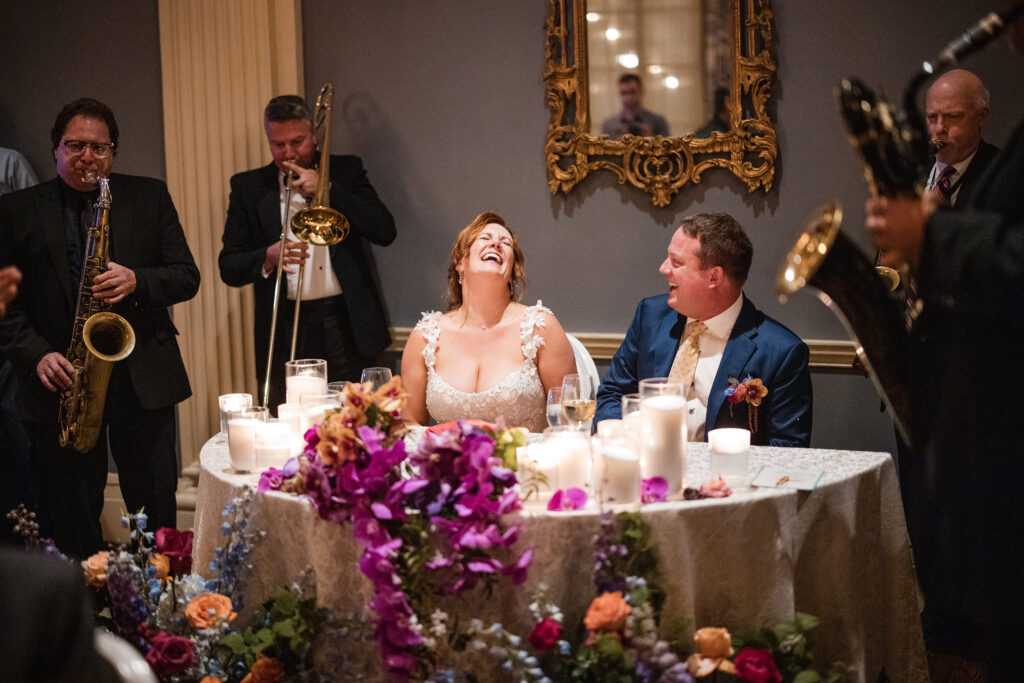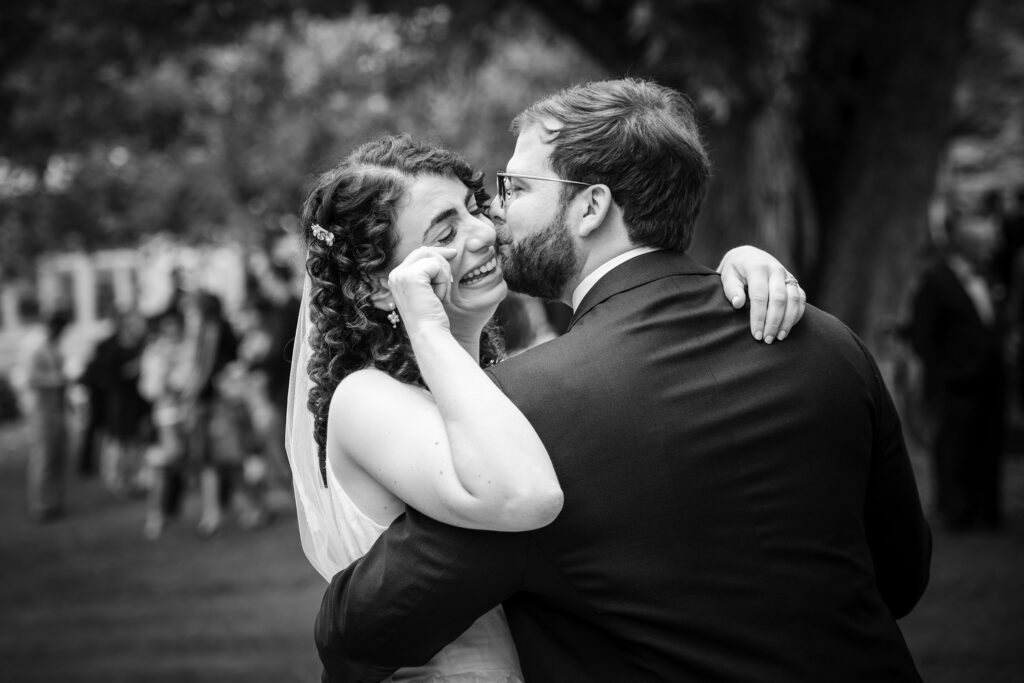Sometimes I wonder why the power of real moments in wedding photography is something that affects me so much. Then I think back to what drew me to drama clubs and theatre college as a kid: how acting created worlds that had never existed before YOU made them.
It therefore makes sense that documenting moments is one of the best parts of my job as a wedding photographer. Catching those fleeting tears, bursts of laughter, quick hugs – all of it reminds me that without documenting them, these moments are here and gone so fast.
The History of Photojournalism
The history of photojournalism is a fascinating journey that intertwines with the evolution of photography and mass media. In the early days of photography, following the invention of the daguerreotype in 1839 by Louis Daguerre, the potential for using images to tell news stories began to emerge. However, the limitations of early photographic technology, such as long exposure times and the difficulty in reproducing images for mass distribution, posed significant challenges.
A pivotal moment in the early history of photojournalism came with the American Civil War, one of the first major events to be extensively covered by photographers. Figures like Mathew Brady and Alexander Gardner provided a visual record of the war, bringing the harsh realities of the battlefield to the public eye in a way never seen before.
The late 19th century saw a crucial development that would be a game-changer for photojournalism: the advent of halftone printing. This technology, perfected in the 1880s, enabled photographs to be printed alongside text in newspapers and magazines, allowing for the mass distribution of images and laying the groundwork for modern photojournalism.
The 20th century, particularly the period from the 1930s to the 1950s, is often regarded as the “Golden Age of Photojournalism.” This era was marked by significant advancements, including the introduction of the 35mm Leica camera, which revolutionized the field by enabling photographers to take candid photographs discreetly. Influential photo magazines such as “Life” in the United States and “Picture Post” in the United Kingdom flourished during this period, bringing photojournalism to the forefront of the public consciousness.
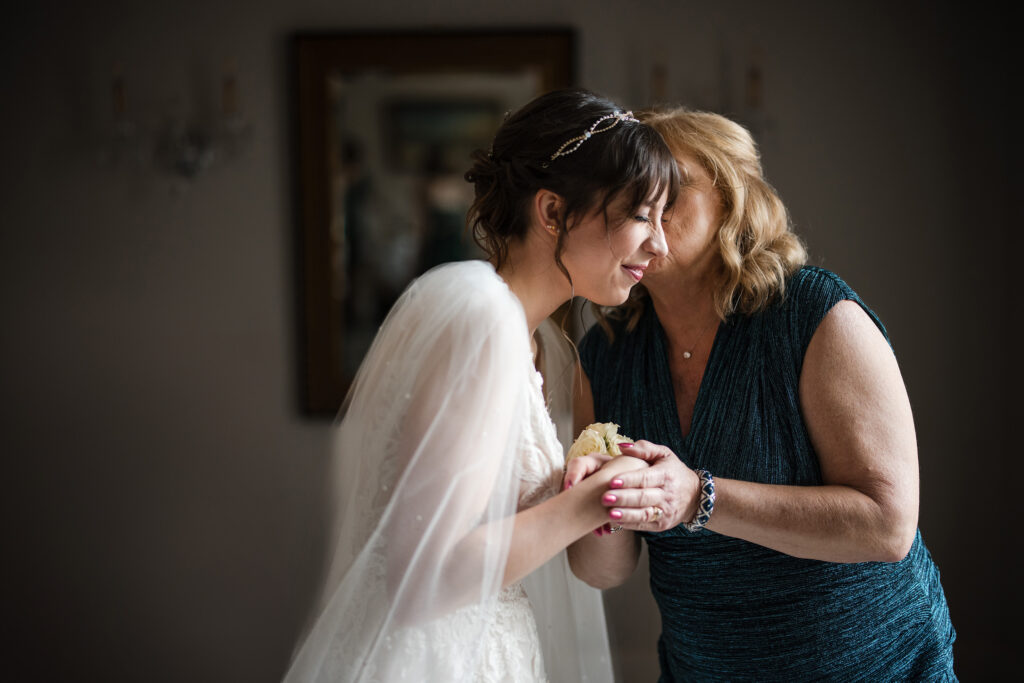 World War II further underscored the importance of photojournalism. Renowned photographers like Robert Capa, Margaret Bourke-White, and W. Eugene Smith captured powerful and poignant images of the conflict, profoundly impacting public perception and understanding of the war.
World War II further underscored the importance of photojournalism. Renowned photographers like Robert Capa, Margaret Bourke-White, and W. Eugene Smith captured powerful and poignant images of the conflict, profoundly impacting public perception and understanding of the war.
However, the rise of television in the 1950s and 1960s began to challenge the dominance of print magazines. As television became the primary source of visual news, photojournalism had to adapt to a changing media landscape.
The late 20th and early 21st centuries brought about another significant transformation with the digital revolution. The advent of digital photography and the internet enabled instant transmission of images worldwide and opened up photojournalism to a wider range of practitioners. This era has seen both the democratization of photojournalism and new challenges, including the oversaturation of images and concerns about the authenticity and manipulation of digital photographs.
Throughout its evolution, photojournalism has remained a vital medium for shaping public perception and understanding of world events. As it continues to evolve, it reflects ongoing changes in technology, media consumption, and public expectations, maintaining its crucial role in storytelling and ethical journalism.
Photojournalism in Wedding Photography
Photojournalism in the context of weddings is a unique and compelling approach to capturing the essence of a couple’s special day. This style differs significantly from traditional wedding photography, focusing more on candid, unscripted moments rather than posed or staged photos. Here are some key aspects of wedding photojournalism:
- Capturing Real Moments: The essence of photojournalism at weddings lies in capturing authentic moments as they naturally unfold. This includes laughter, tears, joy, and even those fleeting, nuanced expressions that convey the emotional depth of the day. The aim is to tell the story of the wedding in its most genuine form.
- Unobtrusive Approach: Wedding photojournalists typically work in a discreet manner, blending into the background. This approach allows them to photograph events without influencing or altering them. The result is a series of images that are more natural and less influenced by the presence of the camera.
- Storytelling: A hallmark of this style is its narrative quality. Just like a journalist covering a story, a wedding photojournalist aims to create a visual narrative of the day. This involves capturing a wide range of elements – from the grand, sweeping moments to the small, intimate details – all of which contribute to the overall story of the wedding.
- Emphasis on Emotions: Emotion is a central element in wedding photojournalism. These photographers are skilled at anticipating and capturing moments that display the range of emotions present at a wedding, including joy, anticipation, nervousness, and love.
- Minimal Posing and Direction: Unlike traditional wedding photography, which often involves a significant amount of posing and direction, photojournalism takes a more hands-off approach. The focus is on capturing events as they occur, with minimal interference from the photographer.
- Documentary Style: Wedding photojournalism is akin to documentary filmmaking. The photographer documents the day as it happens, striving to be as true and authentic to the actual events as possible.
- Artistic Sensibility: Even though the focus is on candid moments, there’s still an artistic element to wedding photojournalism. Photographers in this genre have an eye for composition, lighting, and moment, allowing them to create images that are both truthful and aesthetically compelling.
- Challenges and Skills: This style of photography requires a unique set of skills. A wedding photojournalist must be adept at working in varying lighting conditions, be able to quickly adjust camera settings, anticipate moments, and have a keen eye for detail. They must also be able to work under pressure and handle the unpredictability that comes with live events.
In conclusion, wedding photojournalism offers a distinct and authentic way to capture the essence of a wedding. It provides a more truthful and holistic view of the event, highlighting the genuine emotions and unscripted moments that make each wedding unique. For couples who value authenticity and want a true representation of their day, a wedding photojournalist is an ideal choice.
